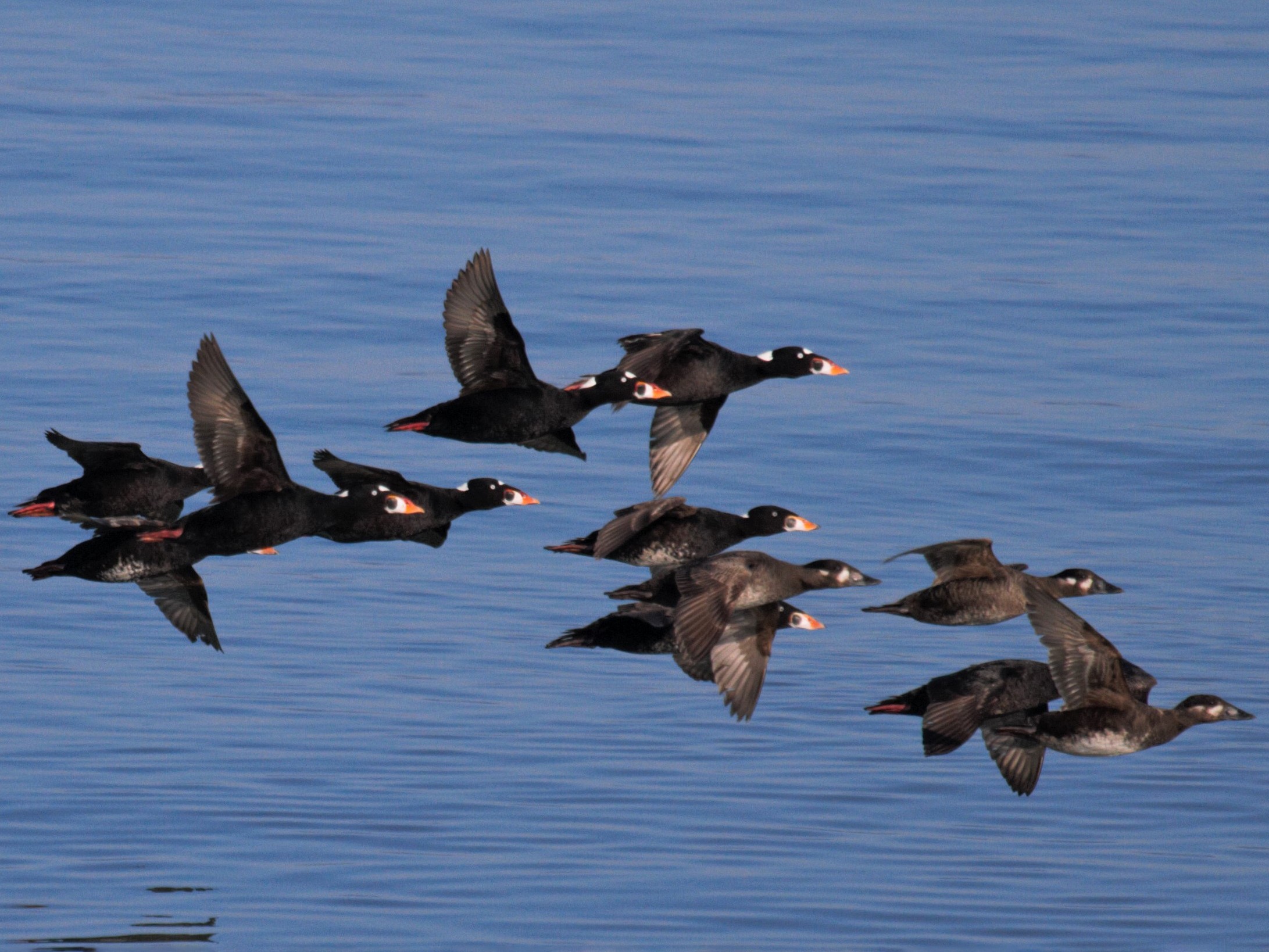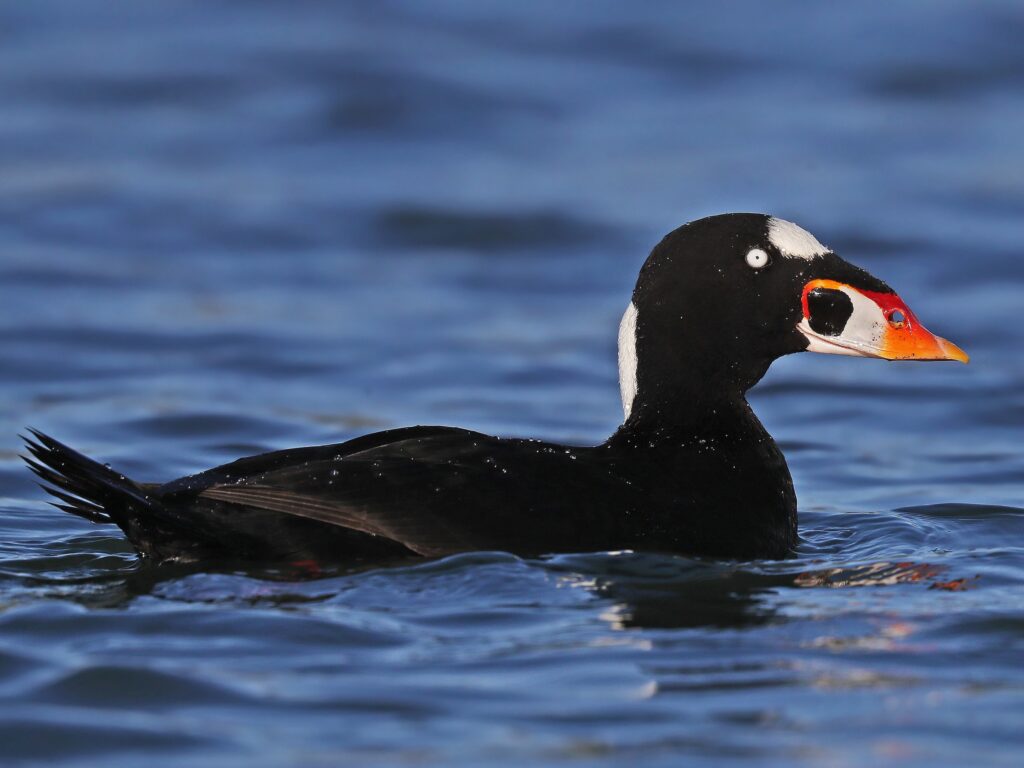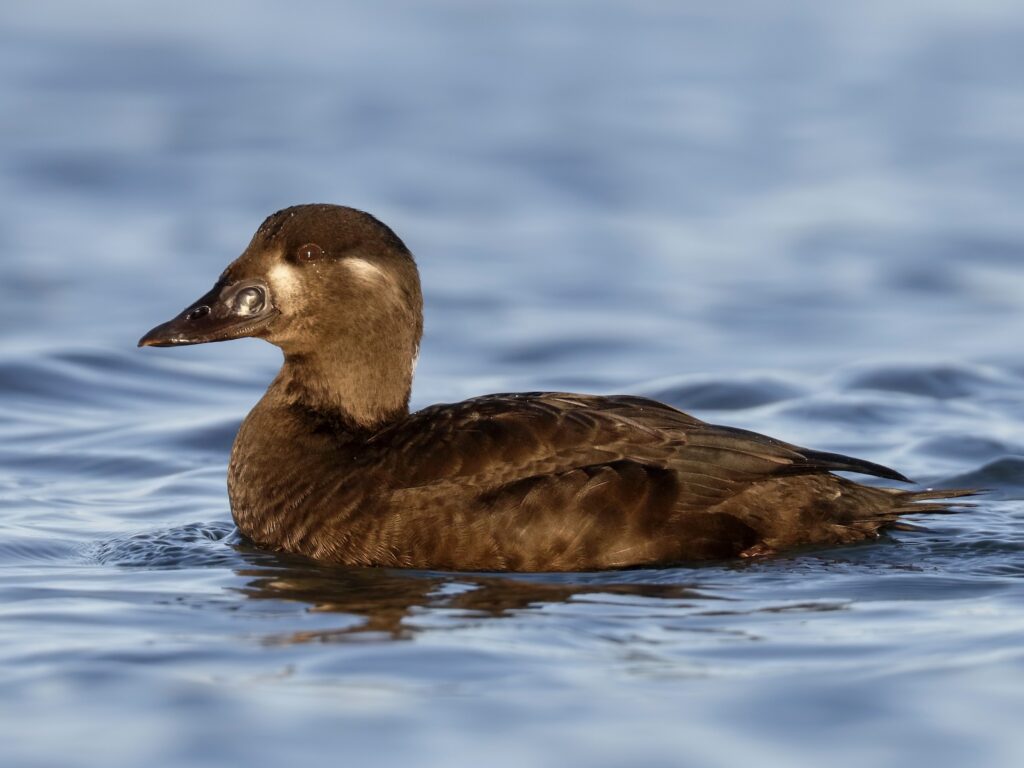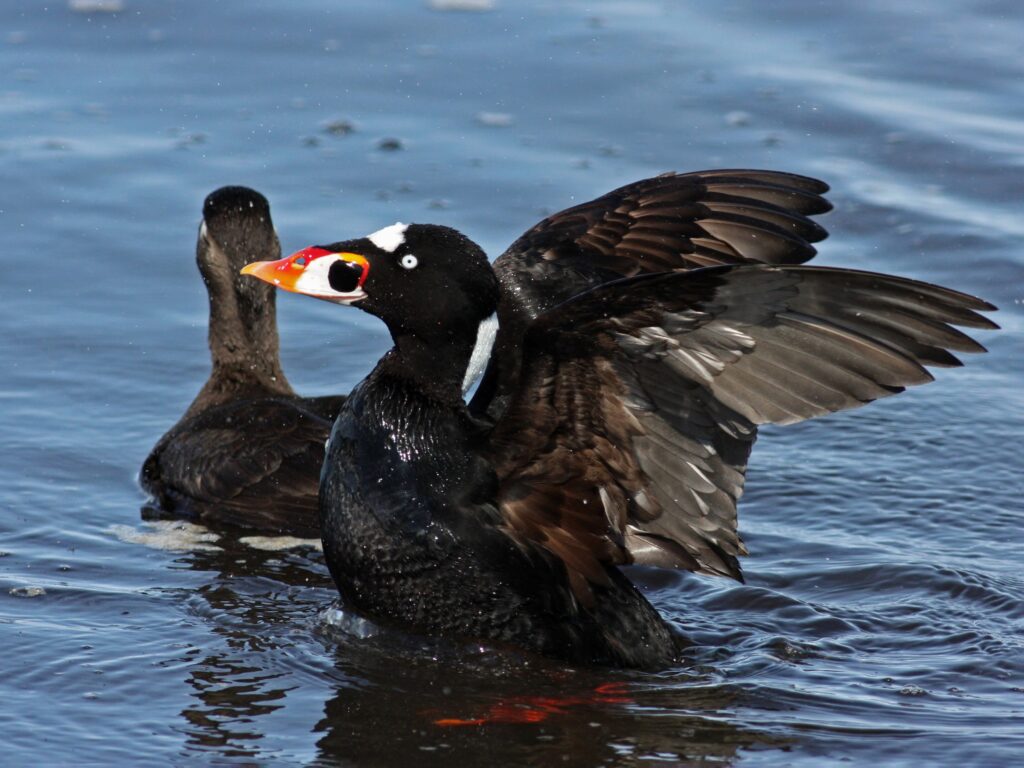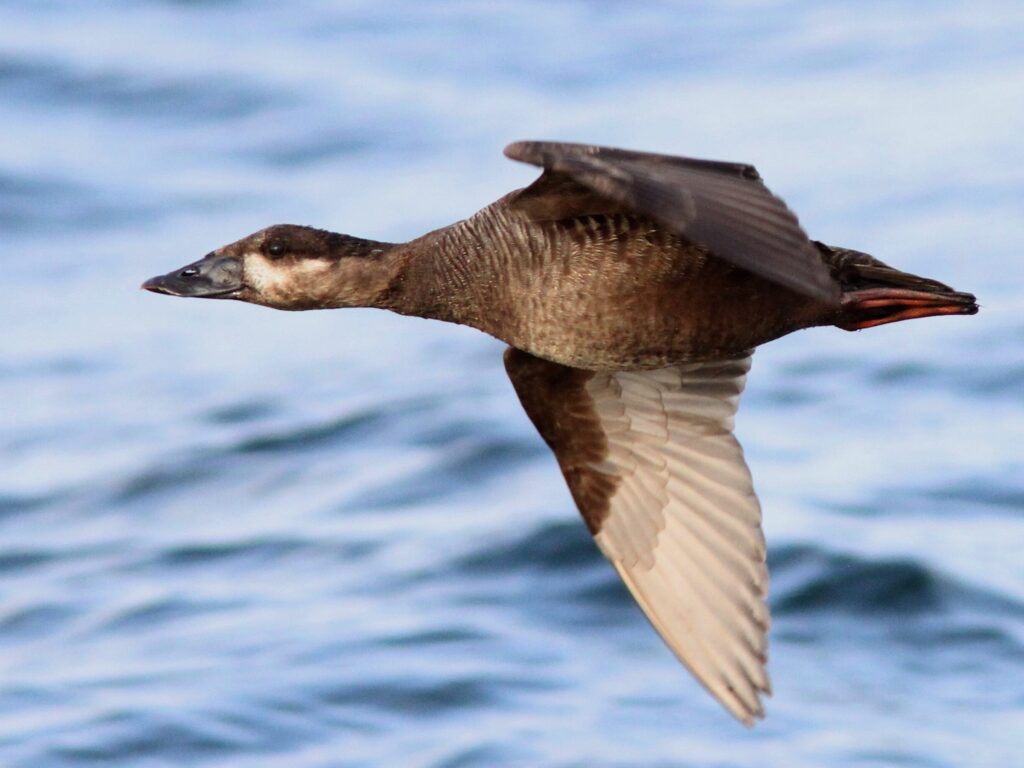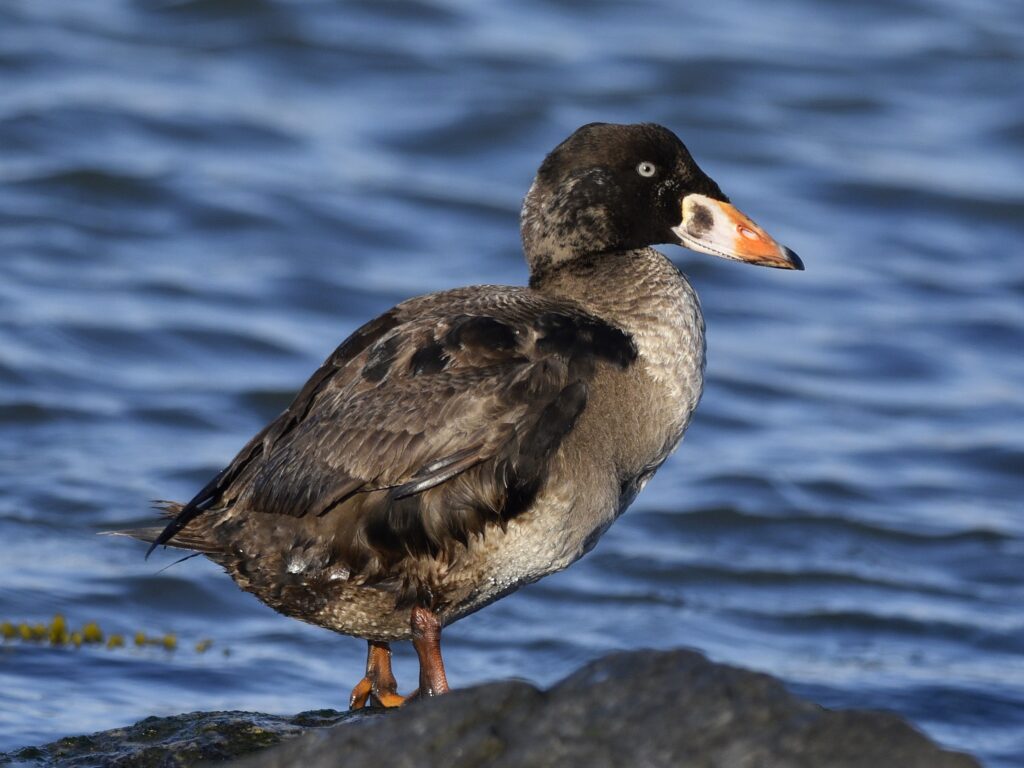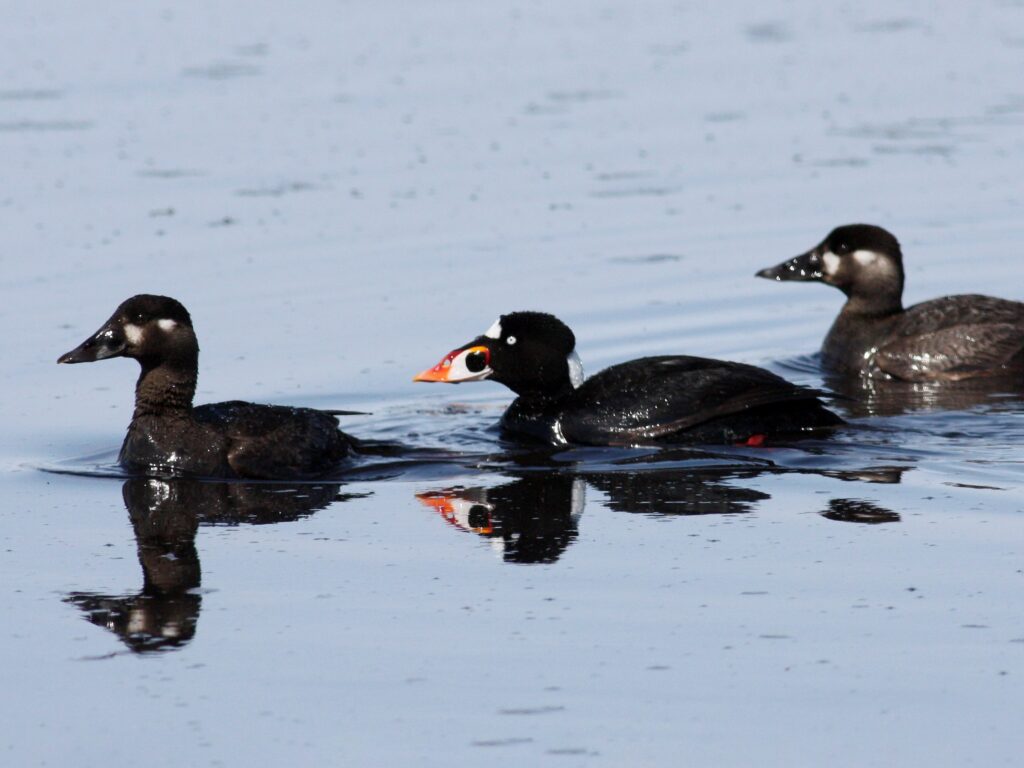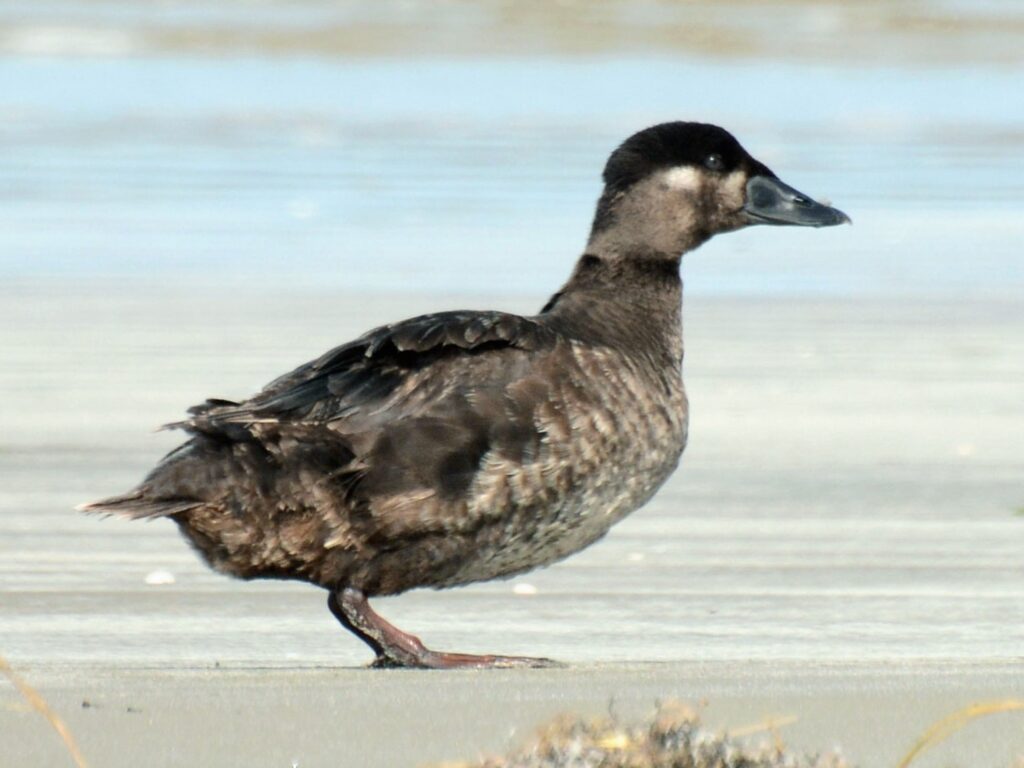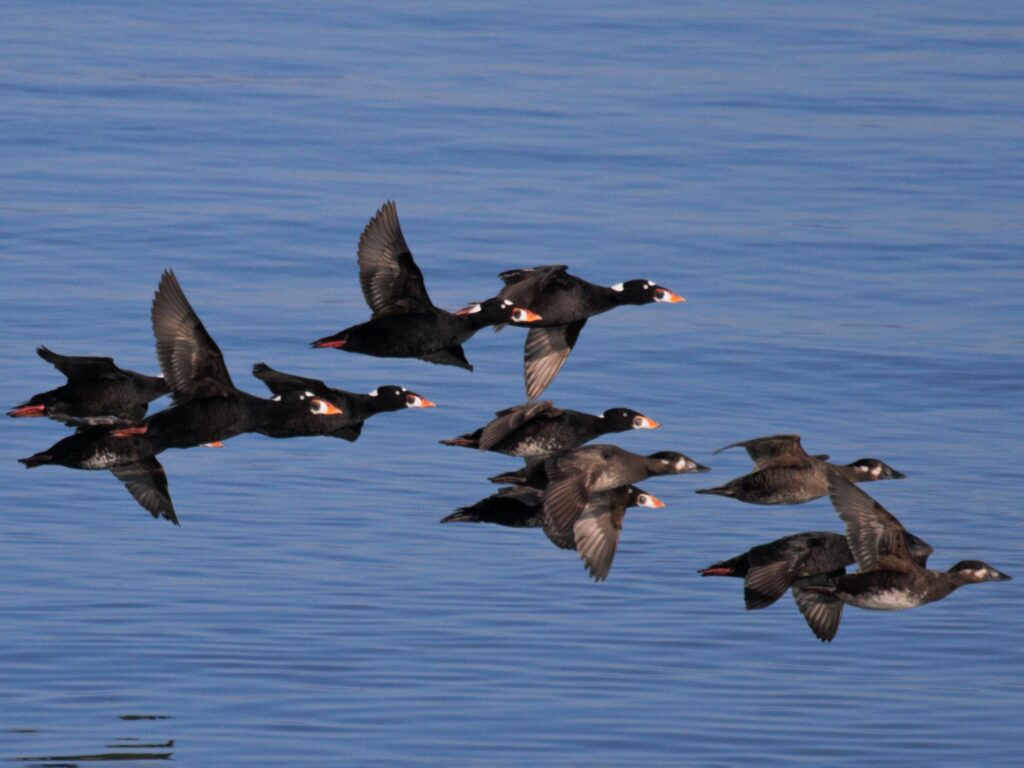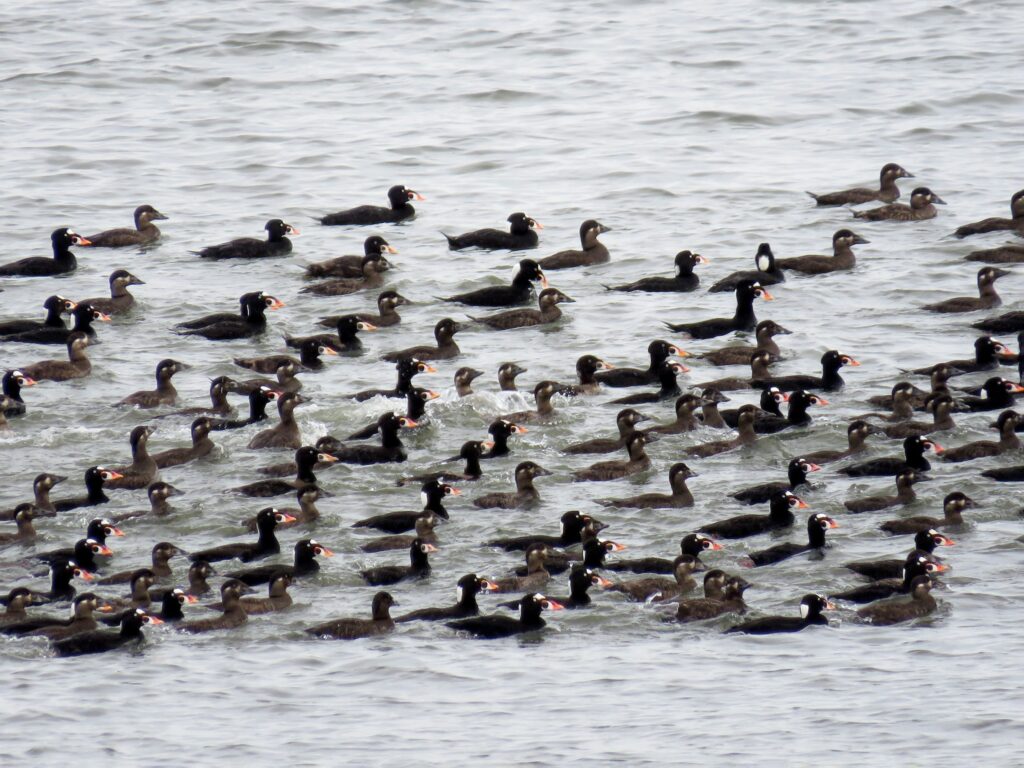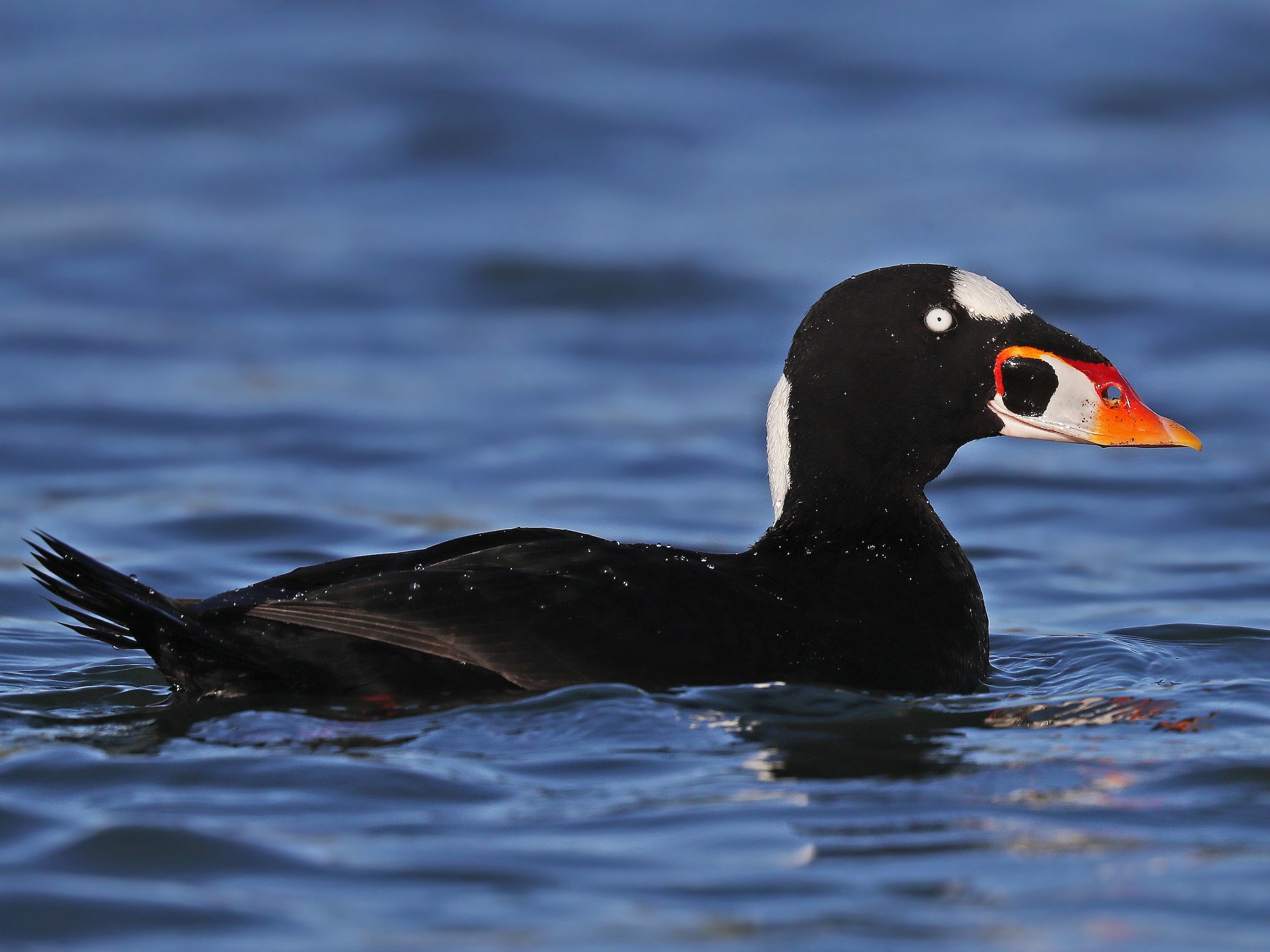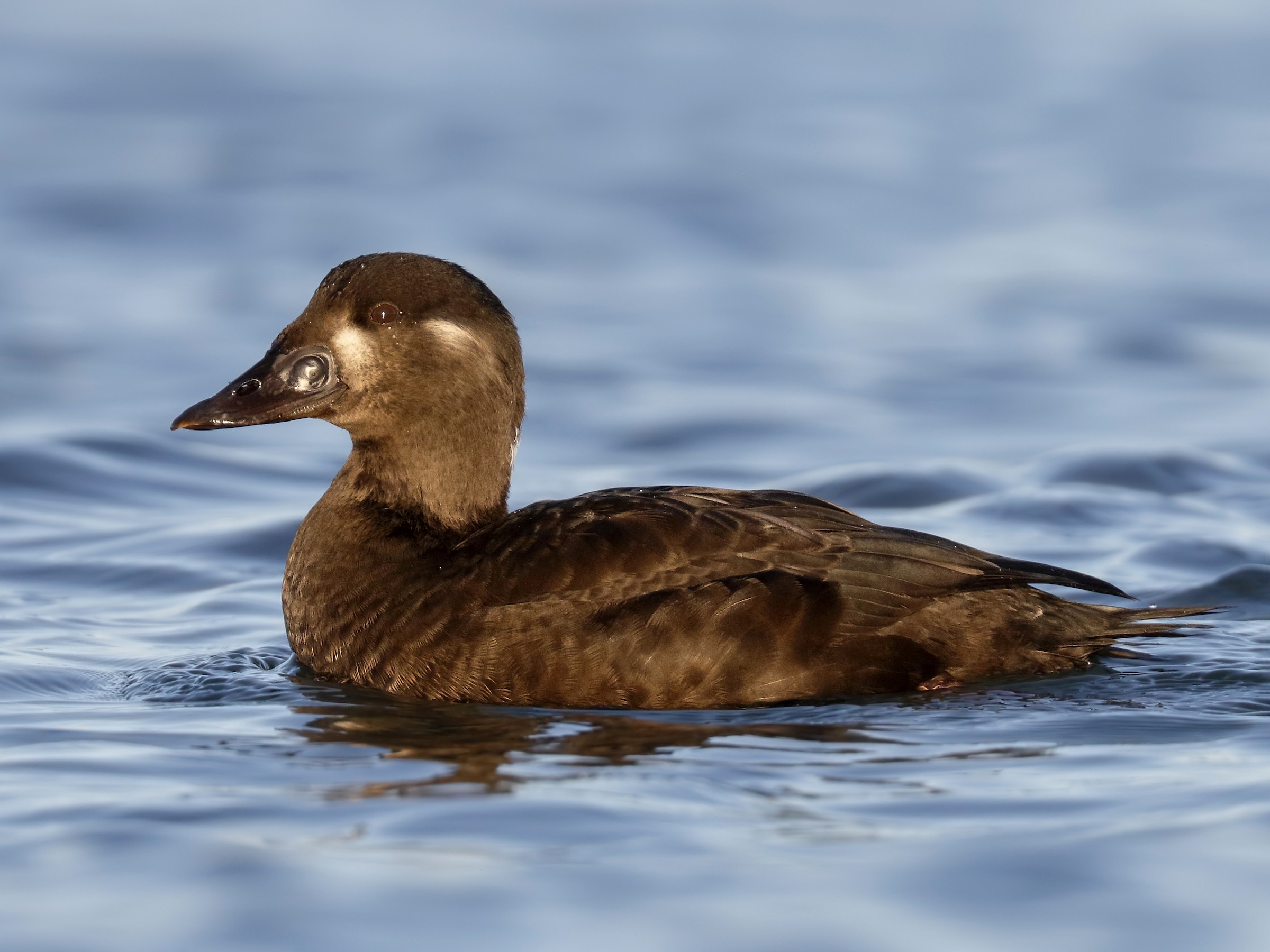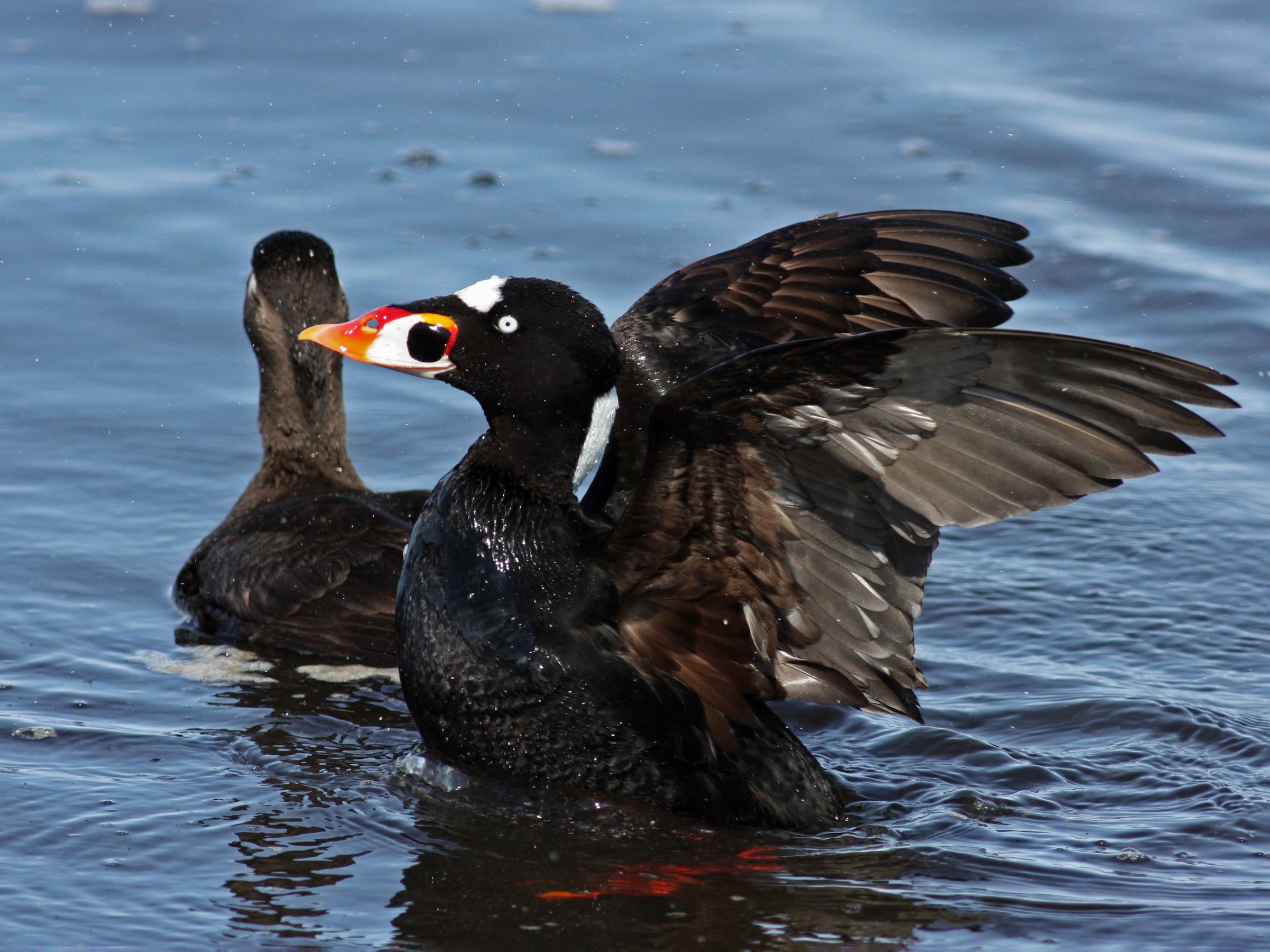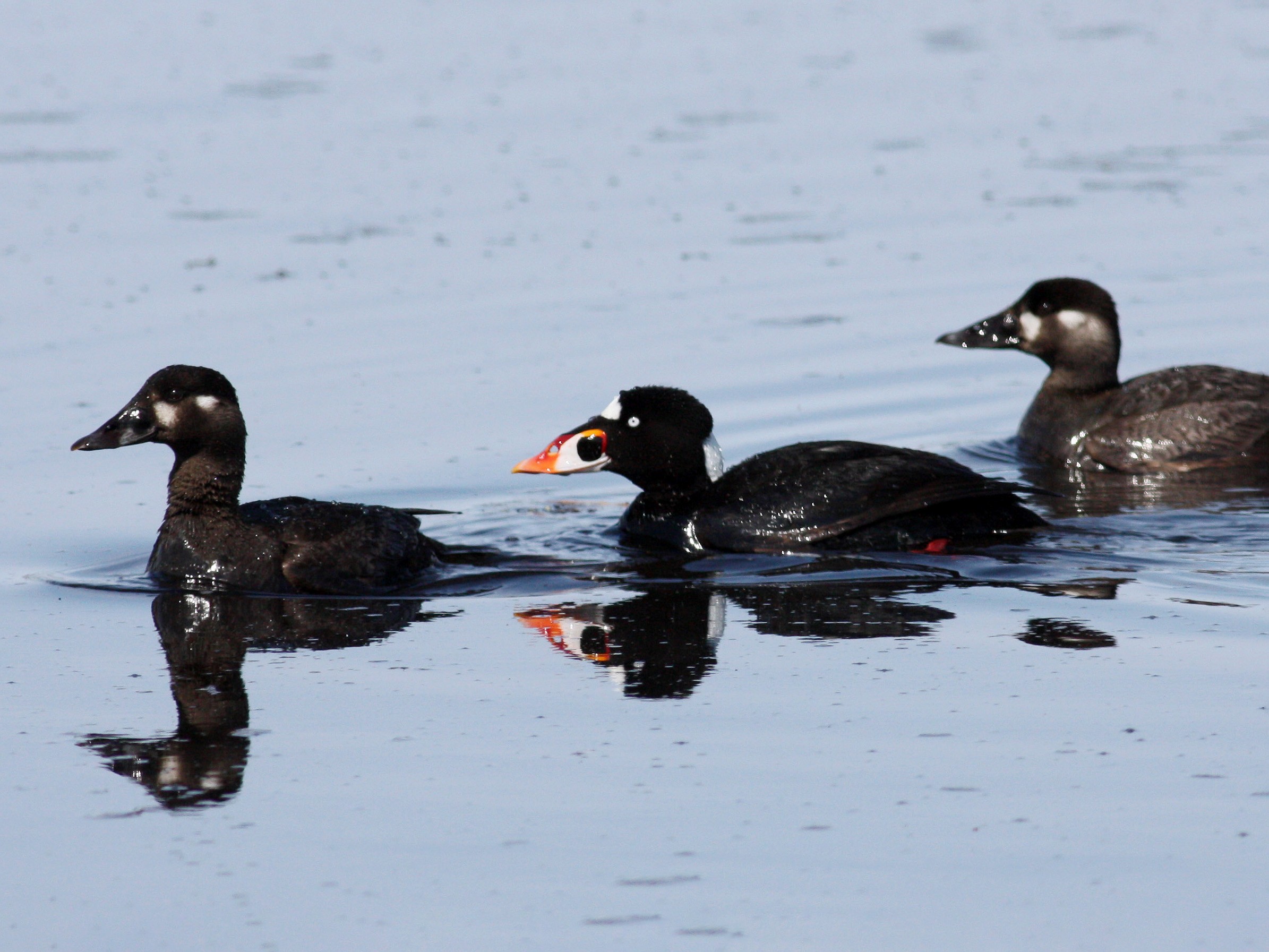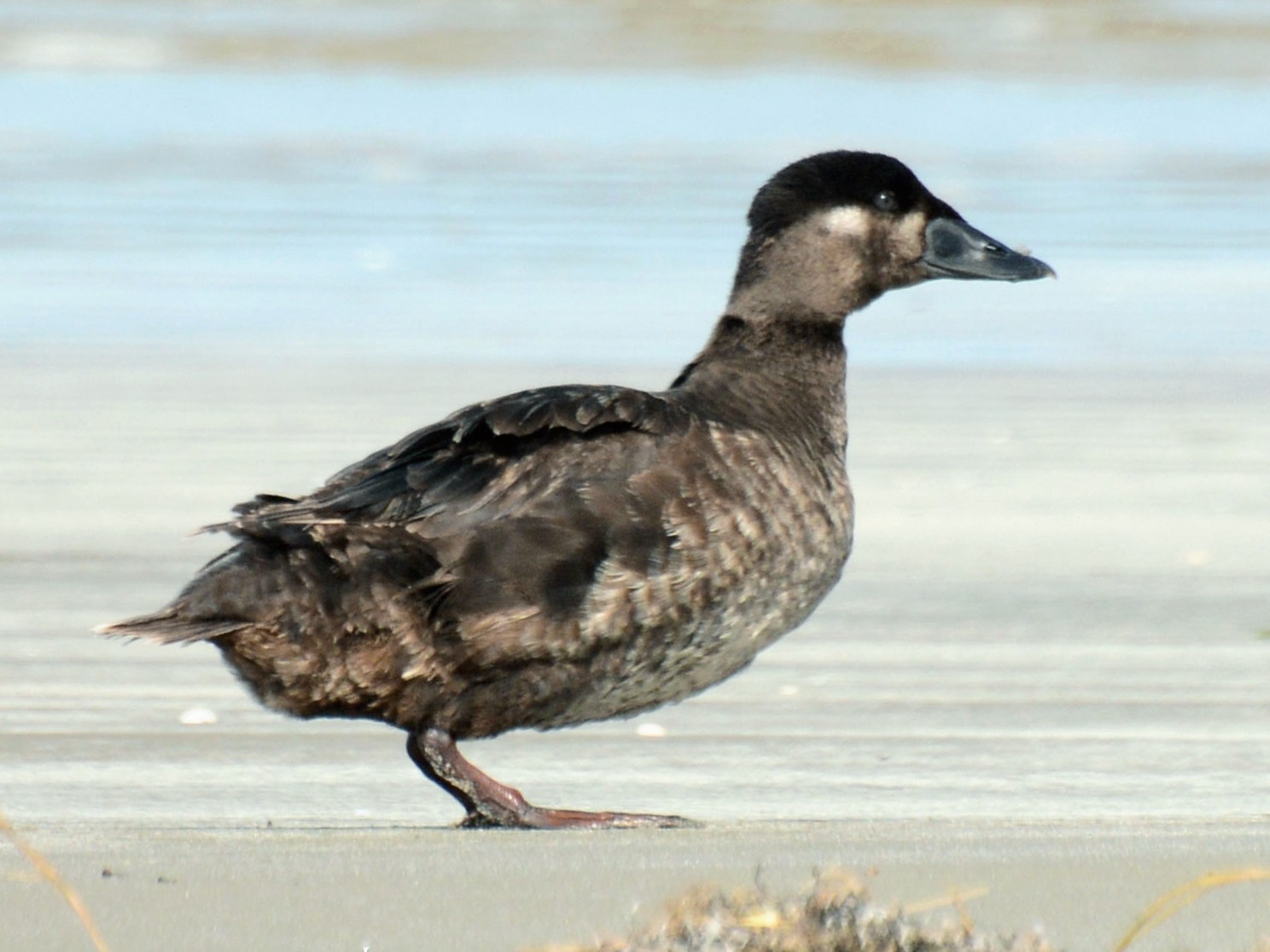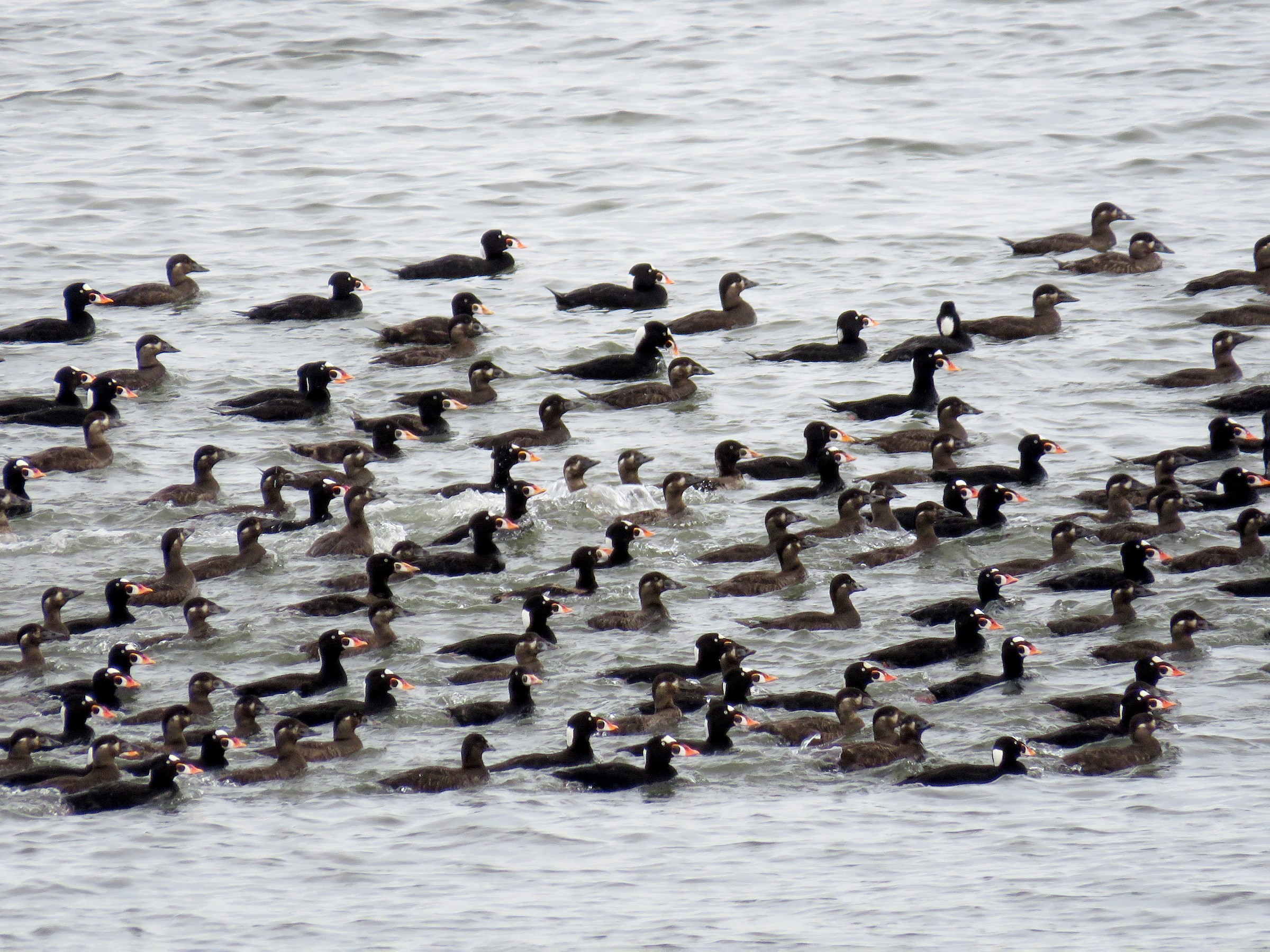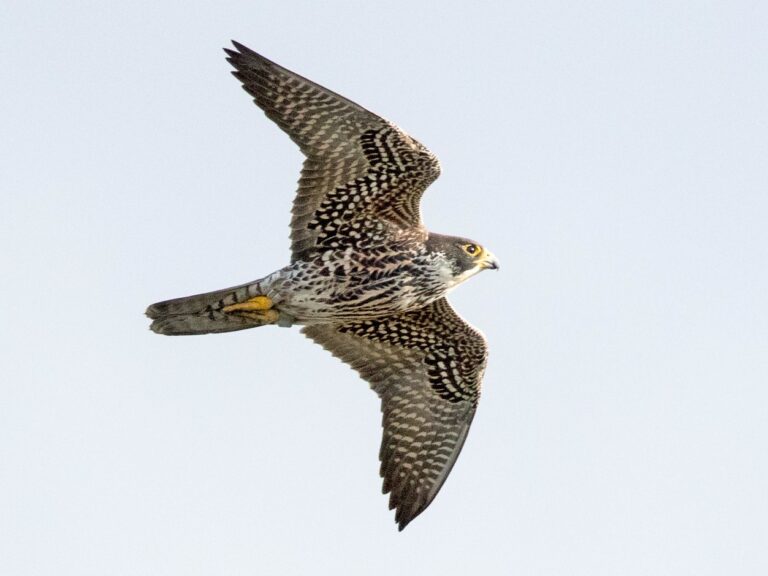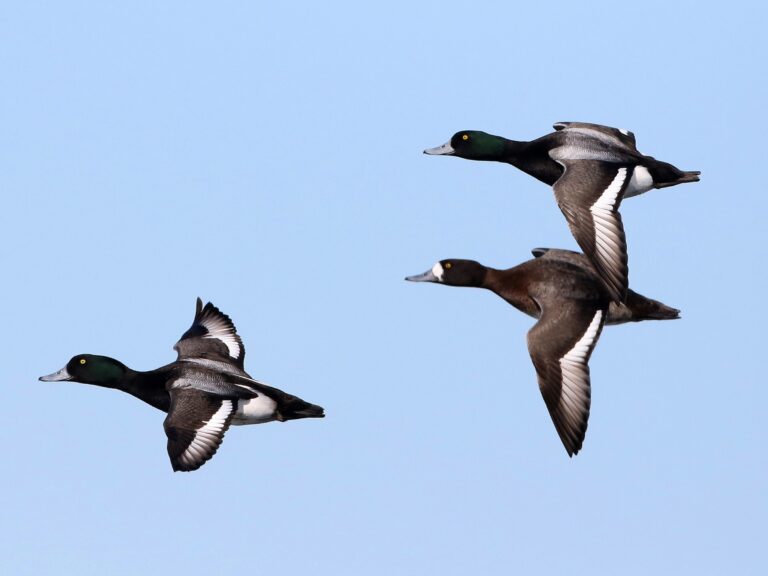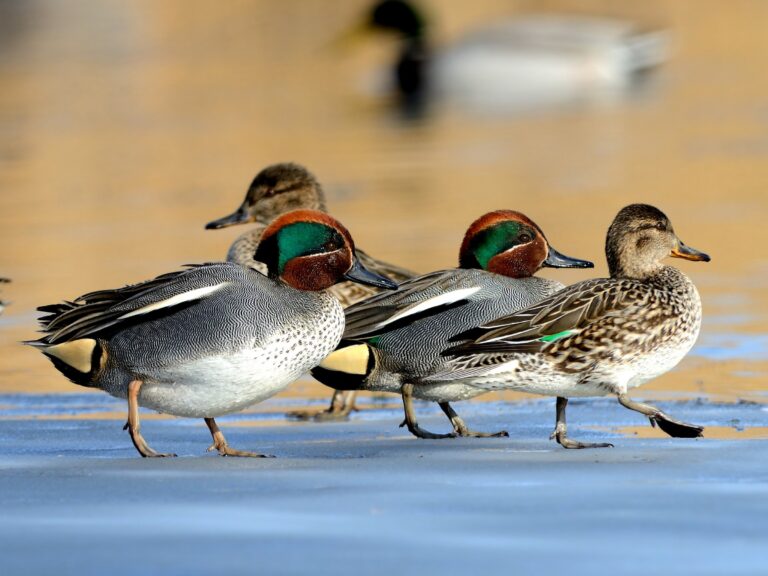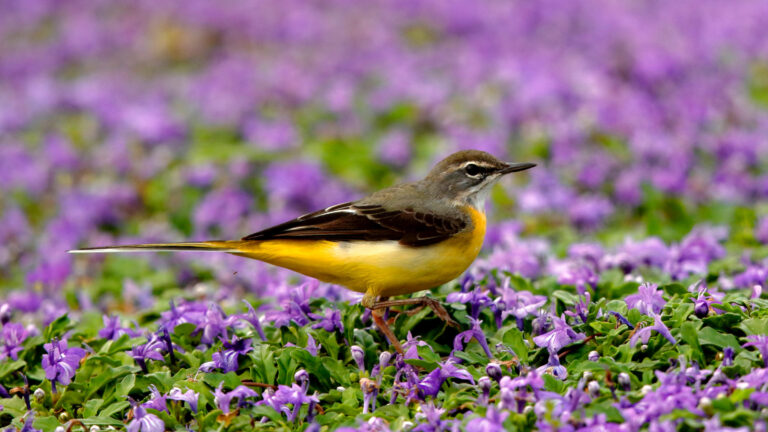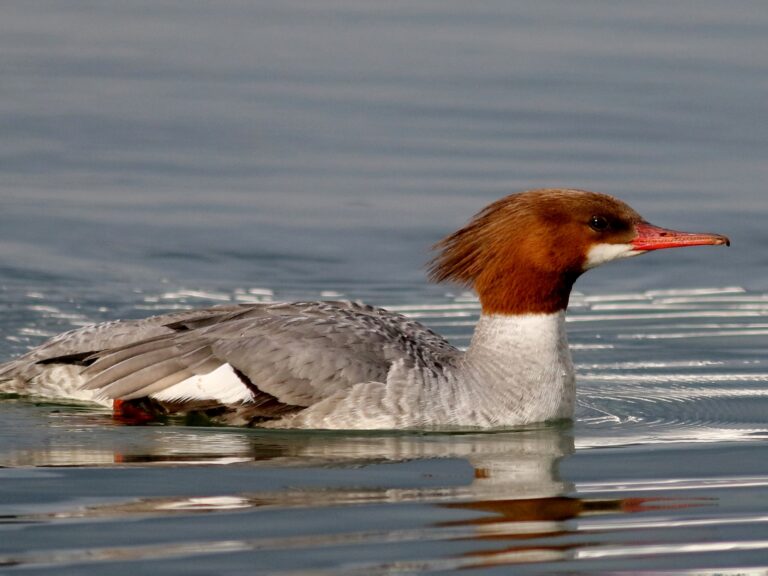Surf Scoter: Unveiling the Mysteries of This Stunning Sea Duck
Surf Scoters are fascinating sea ducks known for their striking appearance and unique behaviors. These birds are easily identified by their bold black and white plumage and distinctive calls, which range from guttural croaks to melodious whistles. Found along the Pacific and Atlantic coasts during migration, they thrive in coastal waters rich in shellfish, showcasing their preference for bivalves and crustaceans.
Their breeding habits also stand out, as they prefer freshwater habitats for nesting. Surf Scoters display strong social dynamics, often forming large flocks. These social structures help them locate food and provide safety from predators. Understanding their ecology and behavior is important for conservation efforts, as Surf Scoters face threats from habitat loss and environmental changes.
Key Takeaways
- Surf Scoters are easily recognized by their unique coloring and vocalizations.
- They prefer to nest in freshwater areas while foraging in marine environments.
- Conservation efforts are vital to protect Surf Scoters from habitat loss and environmental threats.
Identification and Taxonomy
The Surf Scoter is a distinctive duck known for its unique physical traits and classification within the avian world. This bird exhibits sexual dimorphism, where males and females have different appearances. Its taxonomical classification places it within the family Anatidae, which includes many waterfowl.
Physical Description
Adult male Surf Scoters are striking in appearance. They have a predominantly black body with a notable white patch on the forehead and another behind the eye. Their bill is large and features a colorful pattern with orange, yellow, and black.
In contrast, adult females are more subdued. They are mostly brown with lighter markings, which help them blend into their environment. Juvenile Surf Scoters resemble females but may have additional flecking. Their vocalizations include low, raspy calls, which are commonly heard during courtship and when establishing territory.
Taxonomical Classification
Surf Scoters belong to the genus Melanitta, which includes several scoter species. According to the Integrated Taxonomic Information System (ITIS), they are classified as follows:
- Kingdom: Animalia
- Phylum: Chordata
- Class: Aves
- Order: Anseriformes
- Family: Anatidae
- Genus: Melanitta
- Species: Melanitta perspicillata
This classification highlights their close relationship with other waterfowl. The Surf Scoter plays a vital role in its ecosystem as a forager, primarily feeding on aquatic invertebrates and mollusks. Its unique traits and taxonomy make it an interesting subject for bird watchers and researchers alike.
Habitat and Distribution
Surf Scoters occupy diverse habitats throughout their life cycle, with distinct areas designated for breeding and wintering. Their adaptability allows them to thrive in specific environments that meet their needs for nesting and foraging.
Breeding Habitats
During the breeding season, Surf Scoters typically select freshwater habitats found in the northern boreal forest of North America. They prefer areas with large, open bodies of water surrounded by wetlands or dense vegetation. These regions provide necessary shelter and resources for nesting.
In Alaska, Surf Scoters often nest on floating vegetation or near the shorelines of lakes and marshes. Nesting starts around June, aligning with the snowmelt in these areas. The birds use nests made of grasses, reeds, and down feathers, ensuring protection for their eggs and chicks.
Wintering Grounds
In the winter months, Surf Scoters migrate to coastal marine environments. Key wintering grounds include places like San Francisco Bay, where they find abundant food sources such as clams and other shellfish. These areas are critical for their survival during cold weather.
While wintering, Surf Scoters are known to move between different feeding sites within these coastal regions. They often gather in large flocks, which can create a spectacular sight. The combination of mild temperatures and rich food supplies makes these habitats ideal for wintering.
Geographical Range
Surf Scoters have a broad geographical range. They breed primarily from Alaska down to parts of western Canada and into the northeastern United States. Their migration routes take them along the Pacific coast to wintering areas.
In the breeding season, they are most concentrated along the Alaskan coastline and the Great Lakes region. During winter, they extend their range along the West Coast, from Alaska to California. This distribution allows them to adapt to various environments while meeting their ecological needs.
In addition to physical habitats, vocalizations play a role in their behavior. Surf Scoters are known for their low, croaky calls, which they use for communication, especially during the breeding season. These sounds echo in their chosen habitats, marking their presence among other waterfowl.
Diet and Feeding Behavior
Surf Scoters have unique feeding habits and preferences that play a significant role in their survival. Their diet largely consists of soft-bodied prey, including various mollusks and crustaceans. They use specific foraging techniques to locate and capture their food efficiently.
Foraging Techniques
Surf Scoters are skilled foragers, adept at utilizing different techniques to find food. They often dive underwater to search for prey, staying submerged for up to a minute.
Their foraging behavior varies with the availability of food sources. During herring spawning, they exhibit increased activity, feeding on herring roe as a critical resource.
In shallow waters, they may tip-up to reach mollusks on the seafloor while also using their bill to probe for snails and other invertebrates. Their vocalizations can often be heard during these activities, which may serve to communicate with others nearby.
Prey Composition
The diet of Surf Scoters primarily includes mollusks and crustaceans. Common prey items are soft-shell clams, razor clams, and various snails.
Crustaceans, such as amphipods and crabs, are also important in their diet. These prey items provide essential nutrients for the scoters, supporting their energy needs.
During the winter months, their diet can shift based on the availability of prey. This adaptability is crucial for their survival in changing environments. Surf Scoters demonstrate a remarkable ability to utilize different food sources creatively, ensuring they maintain healthy energy levels.
Reproduction and Lifecycle
Surf Scoters have unique reproductive habits that involve specific nesting practices, courtship displays, and egg-laying behaviors. These aspects are vital for their lifecycle and ensure the continuation of the species.
Nesting Practices
Surf Scoters prefer nesting in areas with dense vegetation near water, such as wetlands and marshes. The female selects a site, often close to her wintering habitat, to create a nest.
Nests are typically low to the ground and may be made from grasses, reeds, and down feathers. This provides insulation and protection for the eggs.
Vocalizations play a crucial role during nesting. The female uses soft calls to communicate with her mate and signal the need for nesting material. Nests can sometimes be reused in subsequent seasons if they remain undisturbed.
Courtship Displays
During courtship, male Surf Scoters perform a variety of displays to attract females. These displays involve vocalizations, swimming, and head movements. Males often puff out their chests and tilt their heads to showcase their plumage.
The calls of males are loud and distinctive, often described as a series of coos and whistles. These vocalizations are essential in establishing territory and attracting potential mates.
Females may be more selective during this phase, choosing males based on their displays and vocal prowess. Successful males demonstrate strong physical condition, which is a sign of good genetics.
Egg Laying and Incubation
Once the female selects a mate, she lays a clutch of 5 to 7 eggs. The eggs are typically olive or brown and have a speckled appearance, which aids in camouflage.
Incubation lasts about 26 to 30 days and is solely the female’s responsibility. She remains with the eggs, only leaving briefly to feed. The male stands guard and may perform vocalizations to deter predators.
After hatching, the ducklings are precocial, which means they are able to leave the nest almost immediately. They follow the female to water, where they begin to feed and grow, marking the start of their early life stages.
Conservation Status and Threats
The Surf Scoter faces several challenges that impact its population and habitat. Understanding these threats and the ongoing conservation efforts is essential for its survival.
Environmental Impacts
The Surf Scoter is affected by various environmental factors, primarily habitat loss and degradation. Coastal development disrupts their breeding and feeding areas. Additionally, oil spills pose a significant risk, contaminating their habitat and food sources.
Oil spills not only harm the physical environment but also affect marine prey, such as mussels and clams, which are crucial for Surf Scoters. These events can lead to decreased populations due to contamination and reduced food availability. Changes in climate also affect their migration patterns and nesting success.
Conservation Efforts
Conservationists are actively working to protect Surf Scoters through habitat restoration and policy changes. Organizations focus on monitoring populations and conducting research to better understand their needs.
They aim to establish protected areas where Surf Scoters can thrive without human disturbance. Reporting oil spills promptly can help mitigate their effects on the population.
Public awareness campaigns also play a role in conservation. Raising awareness about the impacts of pollution and the importance of marine conservation helps to foster community engagement and support for protective measures. These combined efforts are vital for securing a stable future for the Surf Scoter.
Social Behavior and Group Dynamics
Surf Scoters exhibit fascinating social behaviors and group dynamics, primarily through their flocking patterns and interactions. These behaviors are essential for their survival, especially during wintering when they gather in large numbers.
Flocking and Group Formation
Surf Scoters are known for their strong flocking behavior. They often gather in groups to forage and rest, which provides safety in numbers. Their flocks can consist of hundreds of birds, allowing for more efficient searching for food.
These birds show dynamic group formation. They adjust their position based on factors such as individual energy levels and environmental conditions. In these flocks, the drake and hen play different roles. While drakes can be more prominent in social interactions, both genders often participate in group activities through synchronized swimming and diving.
Their vocalizations play a crucial role in maintaining group cohesion. Surf Scoters produce a variety of sounds, including whistles and quacks, which help to coordinate movements and alert others to potential dangers.
Interactions and Hierarchies
Interactions within Surf Scoter flocks reveal complex social structures. Individuals establish hierarchies based on factors like age, health, and size. Dominant birds often have priority access to food resources and preferred resting spots.
These hierarchies can affect behavior during foraging sessions. Often, the most dominant individuals exhibit bold feeding behaviors, while subordinates may wait their turn or follow cues from the leaders. Drakes have more noticeable social displays, showcasing their plumage and vocalizing to assert their status.
The dynamics can shift, particularly during the breeding season, as competition for mates increases. Vocalizations again play a central role, facilitating interactions and signaling readiness to engage with potential partners.
Frequently Asked Questions
This section addresses common inquiries about the Surf Scoter. It covers their diet, identification, vocalizations, habitats, size range, and known predators.
What is the typical diet of a Surf Scoter?
Surf Scoters primarily feed on marine invertebrates. Their diet includes mollusks, such as clams and mussels, and crustaceans. They forage by diving and using their strong bills to manipulate prey.
How can you identify a female Surf Scoter?
Female Surf Scoters have a more muted coloration than males. They typically display a dark brown body with lighter barring on the wings and a pale cheek patch. This contrast helps to differentiate them from male Surf Scoters, which have more distinct markings.
What does the call of a Surf Scoter sound like?
The Surf Scoter’s call is a series of low, raspy quacks or grunts. These vocalizations can often be heard during breeding season or while in flocks. Their calls are important for communication, especially in social situations.
In which habitats are Surf Scoters commonly found?
Surf Scoters are often found in coastal waters, particularly in estuaries and bays. They prefer areas with abundant food sources like mudflats and rocky shores. During migration and wintering, they may be seen in open ocean environments.
What is the size range for an adult Surf Scoter?
Adult Surf Scoters typically range from 16 to 22 inches in length. Their wingspan can vary, measuring about 28 to 30 inches. This size helps them navigate effectively in their aquatic habitats.
What are known predators of the Surf Scoter?
Birds of prey, such as eagles and hawks, are known predators of the Surf Scoter. Additionally, marine mammals like sea lions may pose a threat, especially to young scoters. Their nesting sites are also vulnerable to various terrestrial predators.
